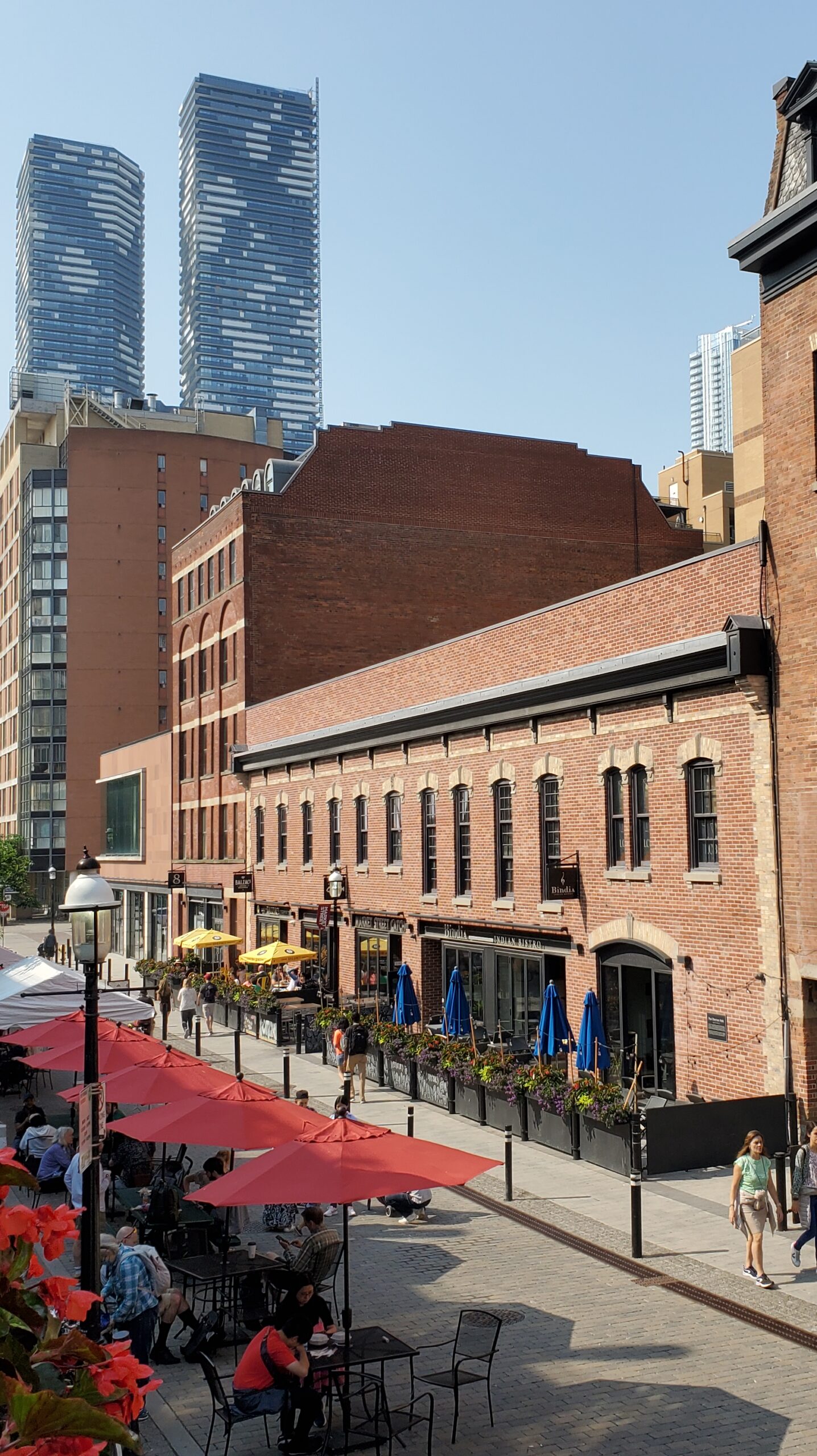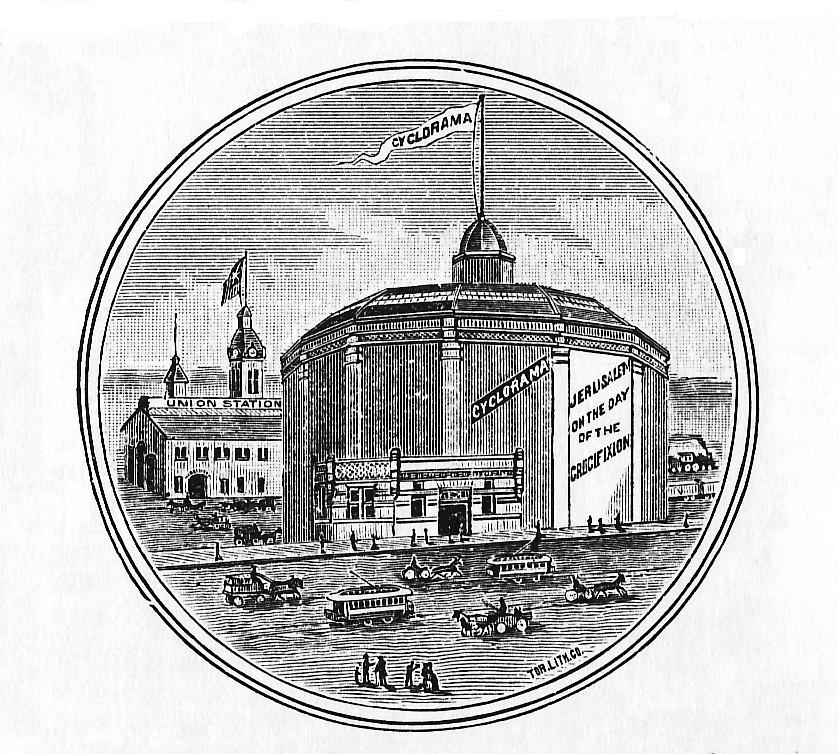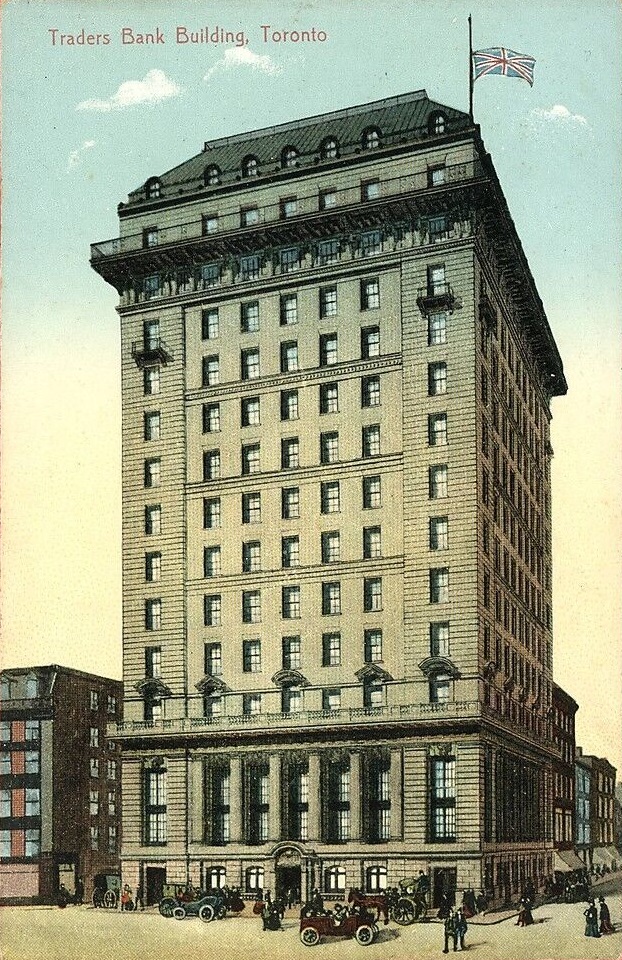By Bruce Bell, History Columnist –
I’m happy to see Market Street being transformed once again into a pedestrian walkway this summer.
This old street is dominated on the east by St. Lawrence Market, built in 1902, and on the west by the façade of the former Armory Hotel (sometimes spelled Armoury). The hotel opened in 1858, with a new addition in 1881.
At one time the market area was filled with little hotels. While a few still exist, they have taken on other forms.
Graymar House at 29 Jarvis Street, now Corner Place Restaurant, was originally a hotel with a tavern on the main floor. The AE LePage office at King Street East at George Street was known as the Little York Hotel, built in 1879. A few doors along King Street is the former Nesmith Hotel, built circa 1880. It’s now undergoing a massive renovation and will be a hotel once again.
Among numerous hotels near Market Square on Front Street, the most famous was the City Hotel built in 1825, now occupied by the deli counter of the Metro grocery store.
Around the corner on Market Lane Park stood the Franks Hotel (demolished in 1849), one of the most famous hostelries of early York. In 1820, a ballroom on the second floor hosted the town’s first stage play with entirely local actors.
None of these early hotels had more than a few bedrooms. They were used mostly by farmers coming from outlying areas to sell their produce at the market. As Toronto grew and became more industrialized, larger and better-equipped hotels started to rise.
In 1854 the railroad came to Toronto and with it a demand for more hotel rooms, as more people than ever before arrived daily. At the same time as The Esplanade was expanded to allow more room for train tracks, the Market Train Station, the Toronto Armory and City Hall were built.
All three of those buildings were demolished in 1898 to build the present-day St. Lawrence Market South. The centre block of the city hall was saved and today looms over the market’s interior.
In the middle of this 19th-century building boom the Armory Hotel on Market Street, built in 1858 and named for the Toronto Armouries across the street, quickly became a hangout for soldiers after a hard day of drills.
At the end of the 19th century, plans for a larger St. Lawrence Market were being drawn up, along with a larger City Hall and a new Armouries building for the Queen and Bay Streets area. During this time the Armory Hotel on Market Street underwent a makeover, described in an 1893 City of Toronto directory of leading businesses:
‘Toronto has a number of comfortable and well managed hostelries, and among them the popular, old established Armory Hotel under the control of Mr. J. J. Coulter, who has since made considerable improvements about the premises with newly fitted and re-furnished rooms throughout in a modern style, and is well prepared to receive and entertain guests for the price of $1.00 per day.’
In lesser hotels the average room price then was about 50 cents a day. A dime could get a man a shared room with about 20 other men, but if you were really desperate, a nickel would rent a bed in a so-called flop-house for six hours.
The more upscale Armory Hotel had 30 guest rooms including a smoking parlor, three sitting rooms, a large dining room and a well-stocked bar serving foreign and domestic wines plus a wide variety of liquors, ales, beer and cigars.
Local legend has it that the hotel was one of the first in the city to provide a menu at dinner; previously, customers ate what was put in front of them.
As the city grew and the market area, once the bustling centre of town, started to decline, the stylish Armory Hotel become just another dive, renting to a transient cliental. In 1948, when the Wilkens Fruit Co. was using it as a warehouse, a fire swept through the old hotel, injuring nine people and making the front page of the Toronto Daily Star.
During the 1950s and ’60s the building was used as an auto parts warehouse before being converted into the Old Fish Market Restaurant in the mid 1970s. When the restaurant closed in 1998, there was talk of turning the building back into a hotel with a nine-storey condominium on top. The late developer Paul Oberman, who beautifully transformed the former CP train station on Yonge Street at Summerhill into a liquor store, wanted to do the same for the historic building on Market Street.
But when Oberman bought the property, little if anything was left of the original hotel’s interior, so it was demolished. The Market Street façade of the Armory Hotel was painstakingly restored, bringing back a bit of Toronto’s early hotel history.




